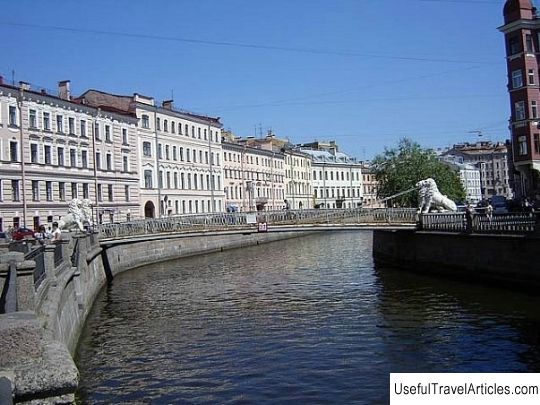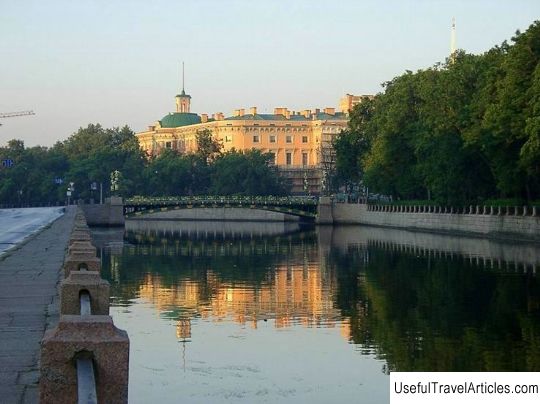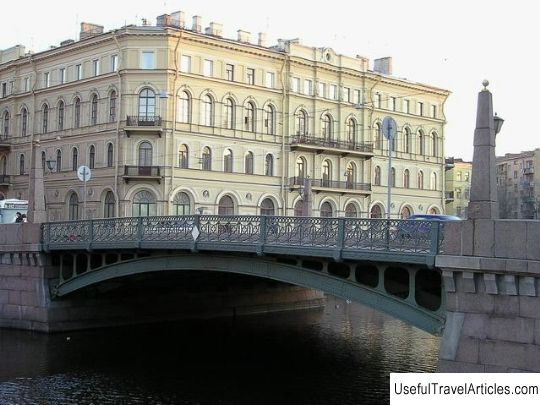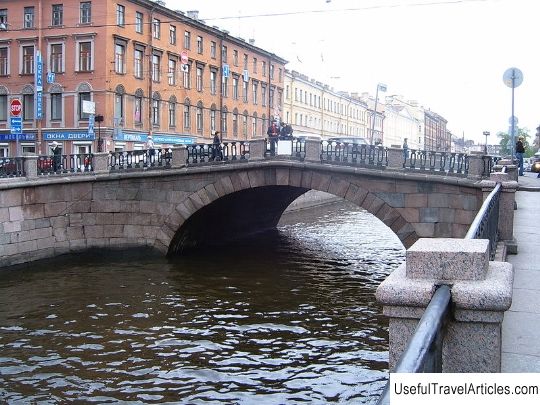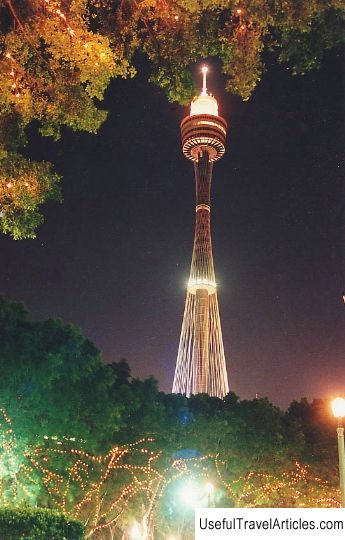Egyptian bridge description and photo - Russia - Saint Petersburg: Saint Petersburg
Rating: 8,1/10 (2932 votes) 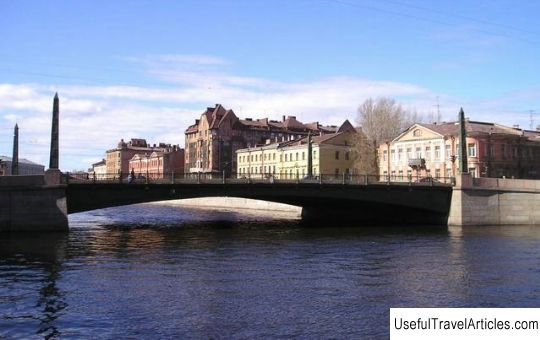
Egyptian bridge description and photos - Russia - Saint Petersburg: Saint Petersburg. Detailed information about the attraction. Description, photos and a map showing the nearest significant objects. Photo and descriptionThe Egyptian Bridge is an integral part of the city's image on the Neva. This attraction is located in the Admiralteisky district of St. Petersburg and connects the Bezymyanny and Pokrovsky islands through Lermontovsky prospect. The closest to the bridge is the Baltiyskaya metro station. The bridge changed its name three times - from 1828 it was called New Chain, from 1836 - Egyptian Chain, and from 1867 it began to bear its current name. At the beginning of the 19th century, it was fashionable in society to be interested in the culture of ancient Egypt. This tendency was reflected in the architecture of the bridge - ornament from hieroglyphs was used as a decoration. The project was developed by engineers V. Christianovich and F. von Tretter. Construction went on from 1825 to 1826. The width of the bridge was 11.7 m, and the span was 55 m.It was installed on supports, faced with granite. The canvas was held by three metal chains, fixed on cast-iron frames, decorated with Egyptian hieroglyphs and ornaments. The ends of the chains were embedded in stone blocks buried in the ground. The axis of the bridge is turned 20 degrees to the perpendicular to the Fontanka channel. In addition to portals, hieroglyphs adorned an openwork lattice. At the entrances, on pedestals, there were figures of sphinxes with hexagonal lanterns on their heads. The authorship of the sculptures belongs to academician P.P. Sokolov. These figures are the only element that has survived to our time. Initially, 2 sphinx sculptures were cast for the bridge, but they did not fit. They were put on the pier of Krestovsky Island. Sculptures and all structural metal elements of the Egyptian bridge were made by the masters of the plant K.N. Byrd. Stone work and shore supports were done by the contractor G. Vasiliev. It is interesting that the granite blocks for facing the pillars were removed from the walls of the ditches around the Mikhailovsky Castle. The opening of the bridge took place on August 25, 1825 The Egyptian bridge was repeatedly restored and repaired. Serious restoration work was carried out in 1876, 1887, 1894, 1900 and 1904. January 20 (February 2) 1905, when a squadron of the Life Guards Cavalry Grenadier Regiment was walking across the Egyptian Bridge, the structure collapsed. All the flooring, fixings and railings were at the bottom of the Fontanka. By a happy coincidence, there were no human casualties. The version that the construction of the Egyptian bridge could not withstand the rhythmic fluctuations of the military marching step was put forward almost immediately after the accident. This unfortunate incident was even included in physics textbooks as an example of resonance. And the military has a new command to “keep up”. However, this theory was never supported by physical or mathematical calculations. In addition, eyewitness testimonies have survived, who said that the military did not pass, but passed the bridge on horseback, which could not cause a resonance, since the animals naturally did not keep pace. It is believed that the cause of the collapse is in constructive miscalculations. Not far from the destroyed Egyptian bridge, a temporary bridge was opened, which from April 1905 regularly served the townspeople until 1956. Although there was a temporary crossing, the optimal traffic pattern was disrupted. The restoration required money and time. It became possible to solve this problem only after the end of the Great Patriotic War. The second "birth" of the Egyptian bridge took place in 1956. Of 17 projects, the option of architects V.S. Vasilkovsky and P.A. Areshev and engineer V.V. Demchenko, which corresponded to the original appearance of the bridge as much as possible. The slab of the roadway of the modern Egyptian bridge is held on 9 parallel frames, the bases are finished with granite, the bridge spans are double-hinged. The composition was complemented by obelisk lanterns. In February 1989, a Kamaz drove over one of the sphinxes. The sculpture fell into the river. The sphinx was badly broken from a strong blow. The monument was raised from the river and restored. At the beginning of the 21st century, a strong destruction of the pedestals and figures of the sphinxes began, chips have formed on the cast iron surfaces. In 2004, a complete restoration of one of the sculptures and preventive maintenance of the rest were carried out. In the course of the work, it turned out that initially the heads of the sphinxes were gilded.      We also recommend reading Cathedral of the Immaculate Conception description and photos - Cuba: Cienfuegos Topic: Egyptian bridge description and photo - Russia - Saint Petersburg: Saint Petersburg. |
